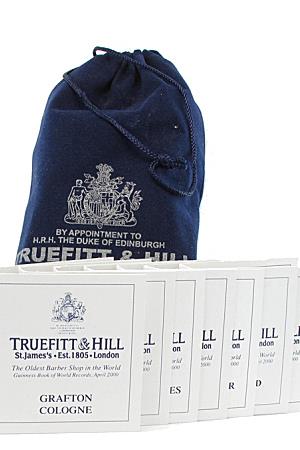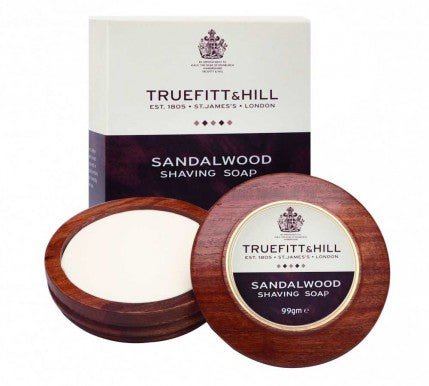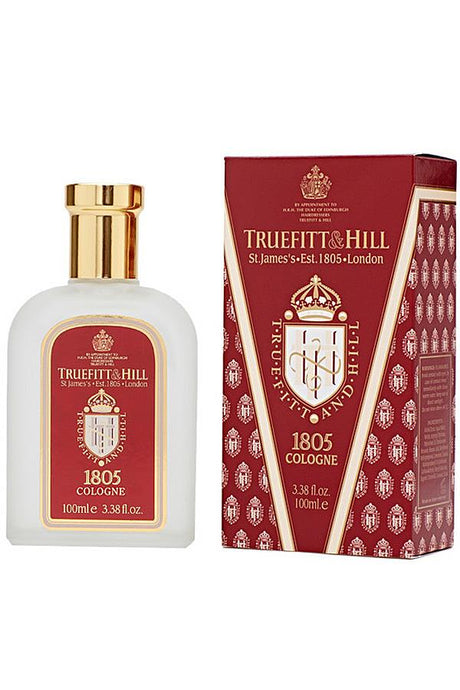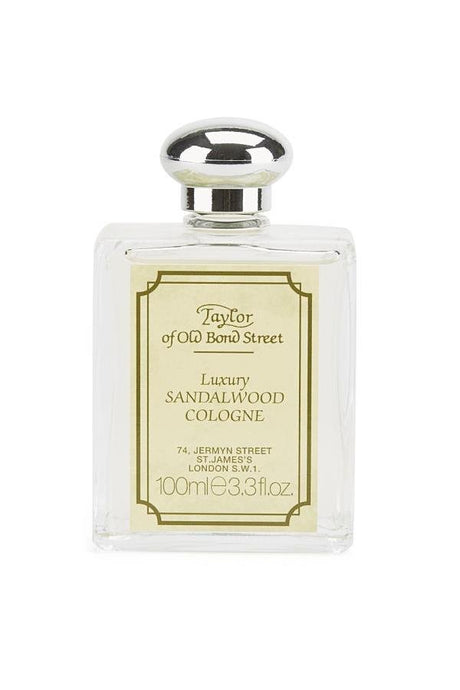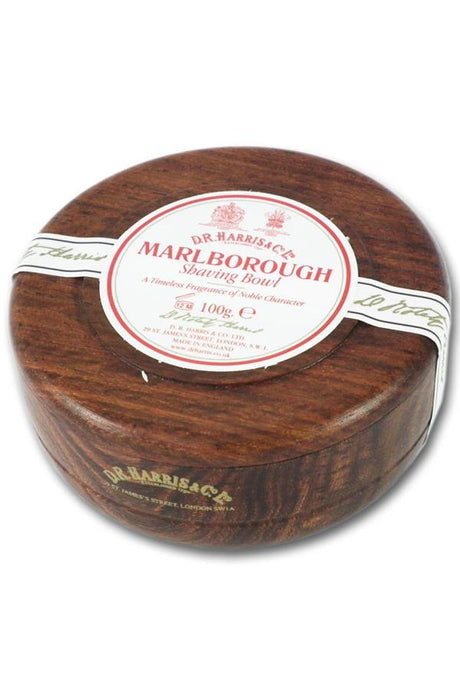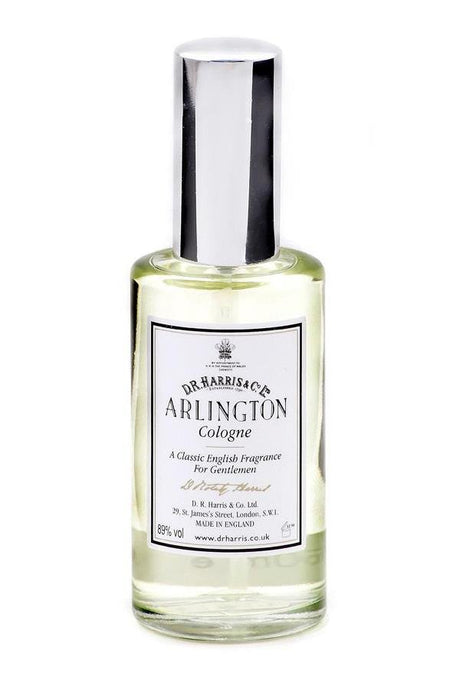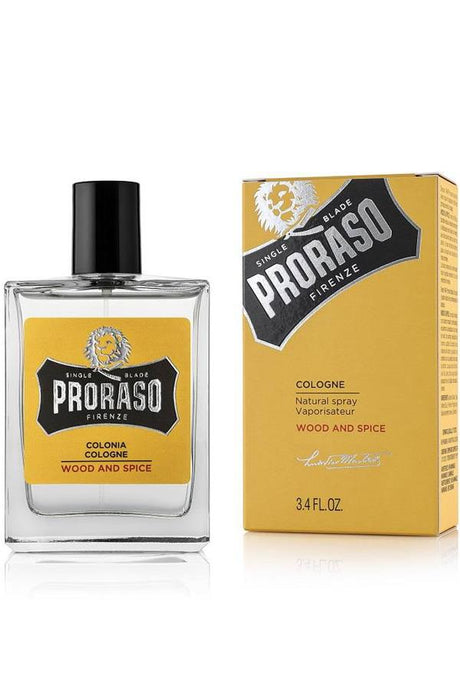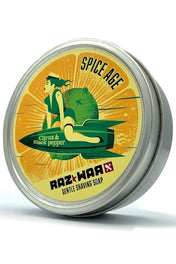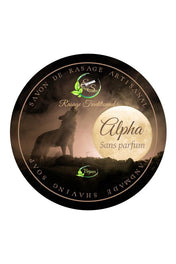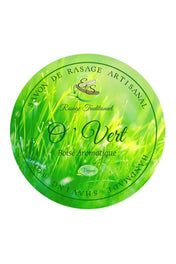A straight razor is a fantastic artisanal product. We always say here: "Cars are produced by robots, straight razors are handmade." The production has been carried out in the same way for hundreds of years. The most beautiful and best straight razors come from Europe. Especially in German Solingen and French Thiers, you have many producers, such as DOVO, Böker, Giesen & Forsthof (Timor) and Thiers-Issards. In these factories, hundreds of razors are manufactured daily with great passion, love, and craftsmanship.
The production of the straight razor consists of several dozen separate production steps. To recognize these steps, you first need to know the parts of the razor. In the detail drawing of Thiers-Issard, you can clearly see the different parts of the razor.

It starts first with the base material for the blade. A round metal rod is cut to length and heated red hot. This round rod is then flattened in a die. This is done with a press machine. This die has the rough basic shape of the blade. In a punching machine, the excess burr is punched off. Tempering and hardening the metal is very important. Depending on the type of steel, it is heated to 810° C or 1040° C. Then it is cooled in special oil. Subsequently, the blade is inspected. Any bends are corrected manually or by means of a press machine. Through the special controlled heat treatment (tempering), the perfect steel is created: a combination of hardness and flexibility.

In the grinding workshop, the blade is further processed and sharpened. In several dozen steps, the blade is ground and milled. It starts with coarse grinding up to super fine, sharp, and smoothly shiny. The razor blade of a straight razor has a hollow: hollow ground. Hollow grinding the razor blade is the only way to get a super sharp edge while maintaining sufficient stiffness. The razor blade is manually pushed between 2 rotating grinding wheels, giving it its hollow.


Then the razor blade is provided with an etching or a gilded engraving. The etching is laser-engraved into the metal using laser technology. The gilding of the razor blade takes place in an electrolysis bath. This covers the metal with a thin layer of gold.
The raw material for the handles is supplied by various regular suppliers. In the finishing/handle department, the wooden handles are smoothly polished. The blade is manually clamped between the handles using silver-nickel pins and rings. The clamping is done with a small hammer.

Finally, the razor blade is sharpened step by step using various whetstones and ultimately super sharply polished with the strop. The sharpness of the blade is tested by means of the "hanging hair test." A single human hair is held with two fingers and pushed against the edge of the razor blade. The blade is truly sharp only when it cuts the hair in half without much pressure. The razor blade is cleaned and packed. Ready for use.



